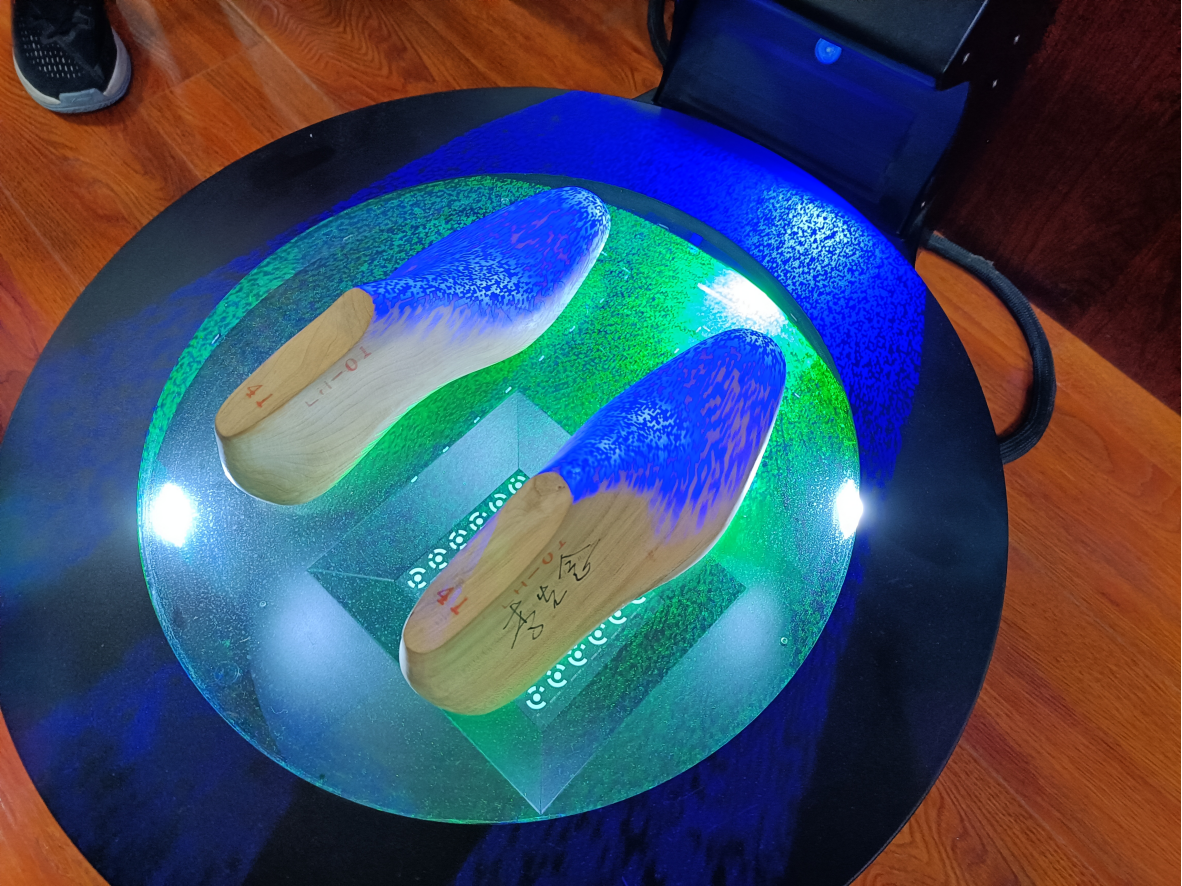Finally hooked up with the official organization! With the matchmaking of friends in Beijing, I was very fortunate to be able to visit such a state-owned research institute, gained a lot of knowledge, and stepped out of the small circle of stitched shoes to see the performance that most shoe companies care about, as well as the strength of the leather research institute.
Director Wu first took us to visit the testing center, where large shoe factories send shoes for testing, not only leather shoes, but also sneakers, which occupies much more market share. The engineers at the testing center told that Nike is really good.
There are quite a few testing items, physical, chemical, and I took photos of some items that I could understand.
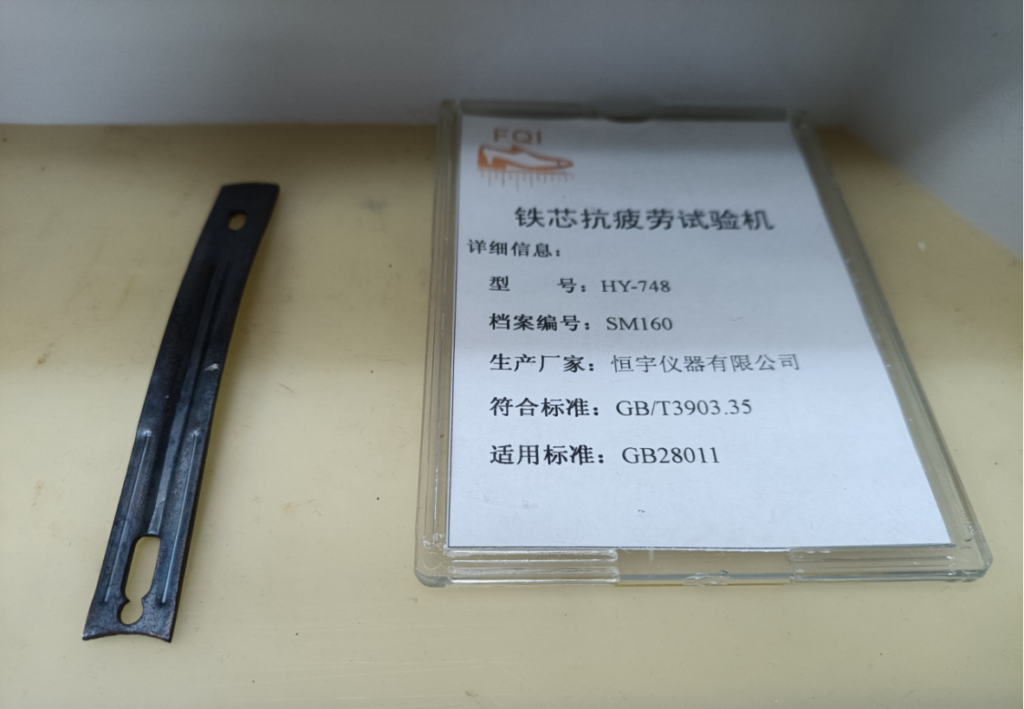
Fatigue of iron shank.
Shank is used in stitched shoes, which can be wood, leather or most dominantly iron. I’ve resembled a pair of Bally with Blake stitched construction, and it used iron. Oct Tenth uses leather as shank. In terms of function, iron is definitely the strongest.
Fatigue is bending back and forth to see when it cracks or breaks.
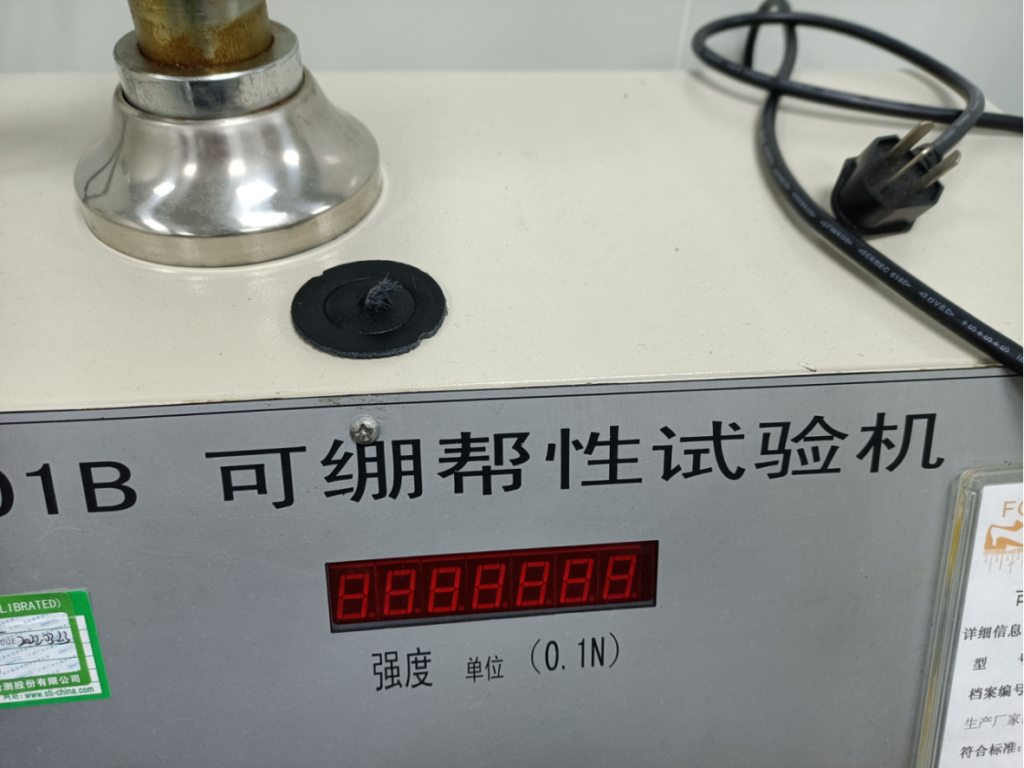
Tautness, in essence, tests the toughness of leather. A small round piece of leather with the center jacked up to see when it breaks.
Most of the stitched shoes we talk about, the lowest still use top layer of cowhide, so this performance is not a problem.
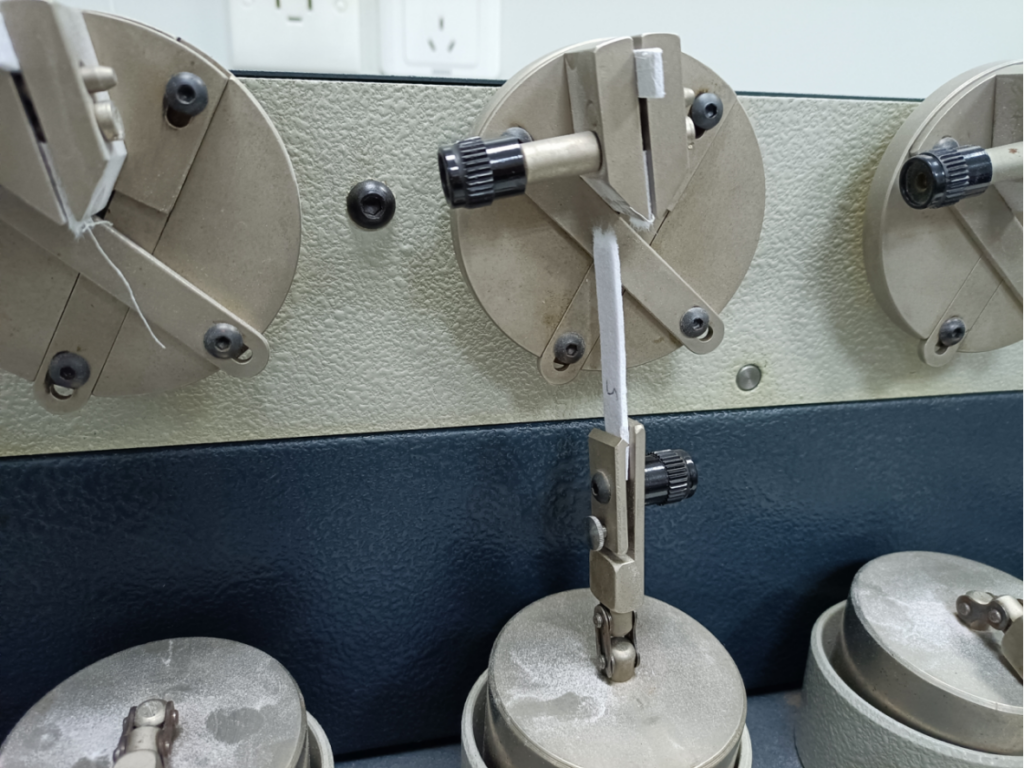
This is the fabric shear resistance. Fabric was used on stitched shoes, historically as lining made of cotton. Today, lining is leather as well. But sneakers are mostly equipped with fabric lining.
Midsoles of sneakers are also fabric. On the other hand, stitched shoes mostly use leather midsole.
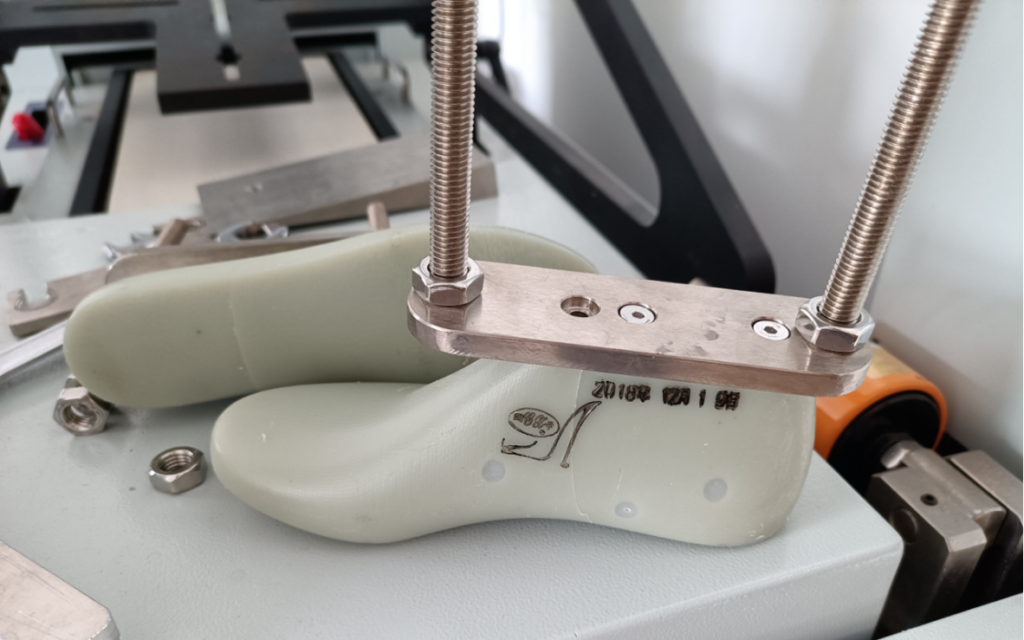
The shoe last is a tool that some experiments have to insert into the shoe, and this children’s shoe last is very cute.
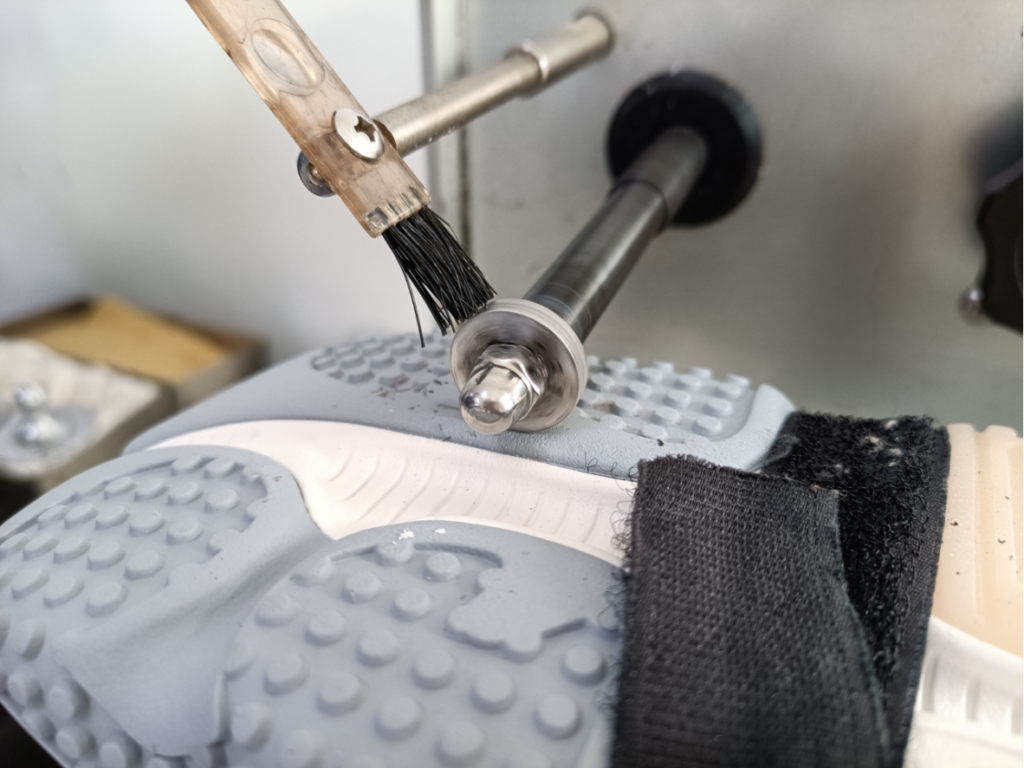
This is the wear-resistant test of the rubber sole, that is, after grinding, weigh and obtain the amount of loss.
Next, we went to leather warehouse of the institute, which stores the most complete variety of leathers!
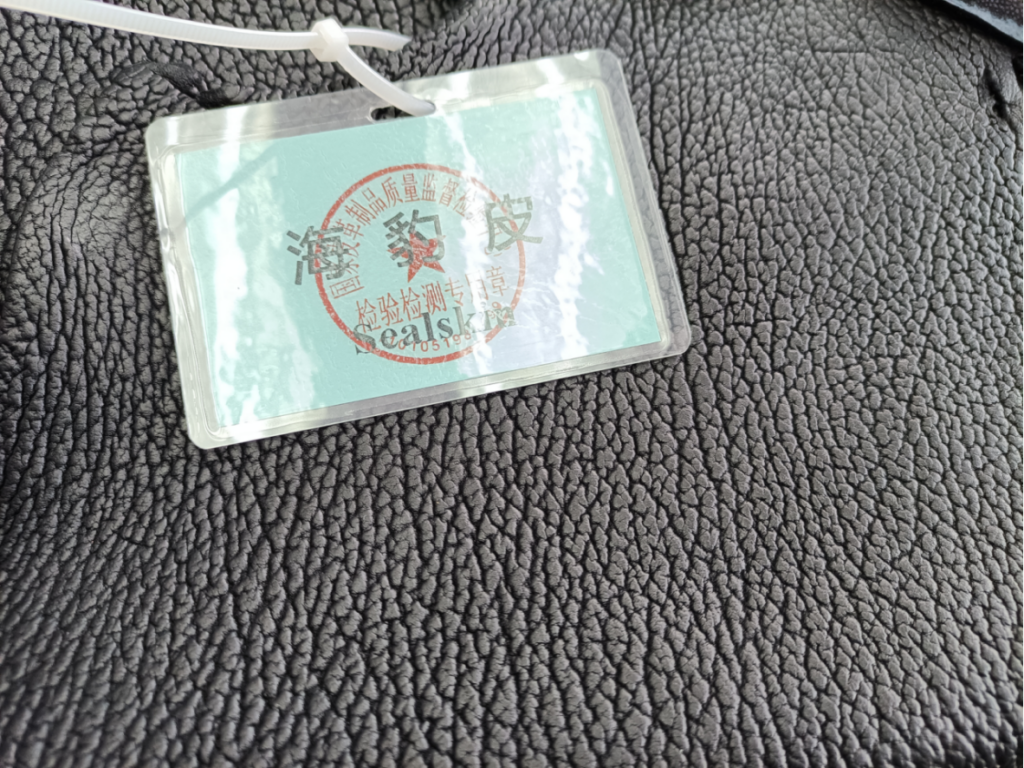
Seal skin, I saw it for the first time.
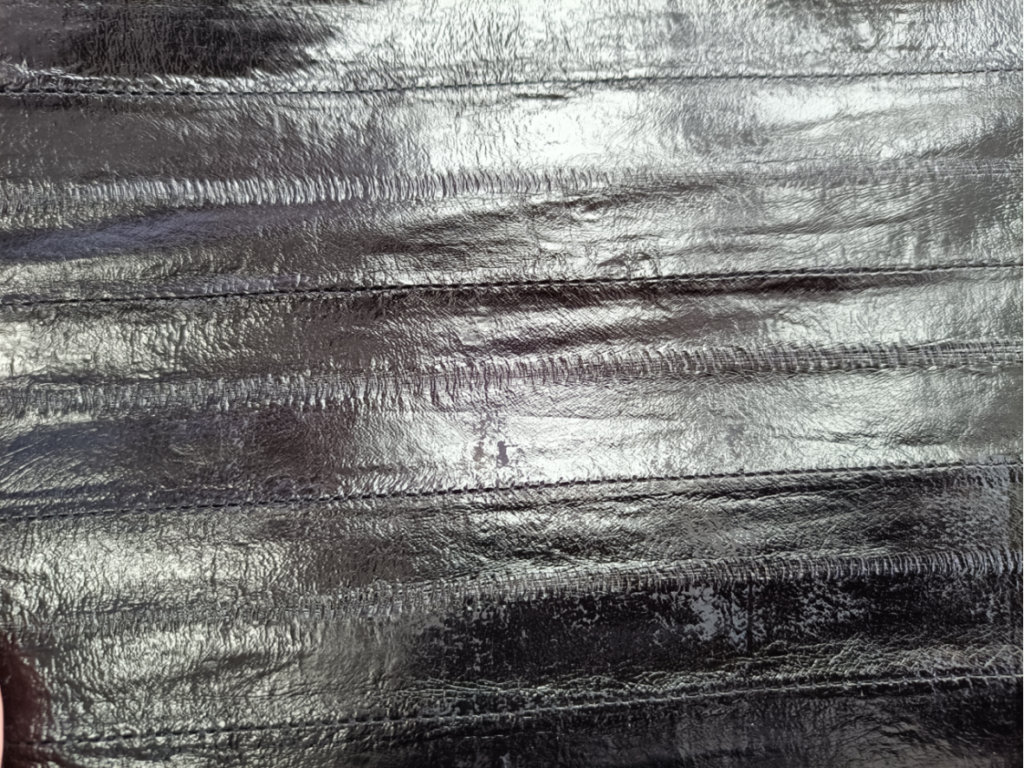
Eel skin.
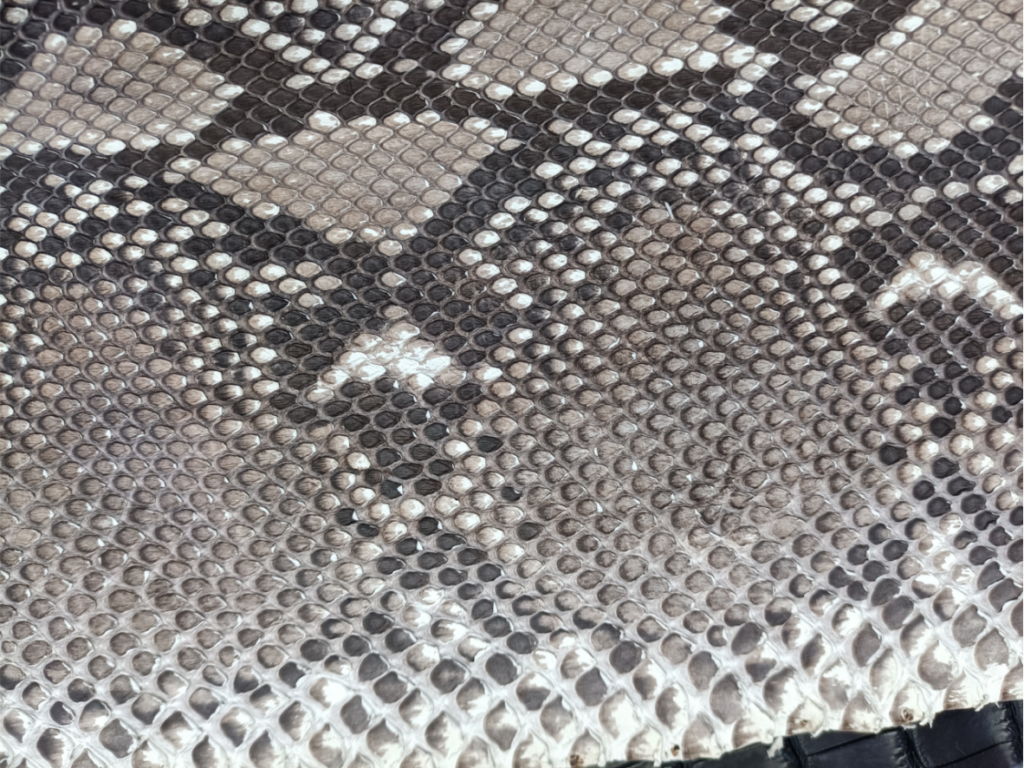
Python skin.
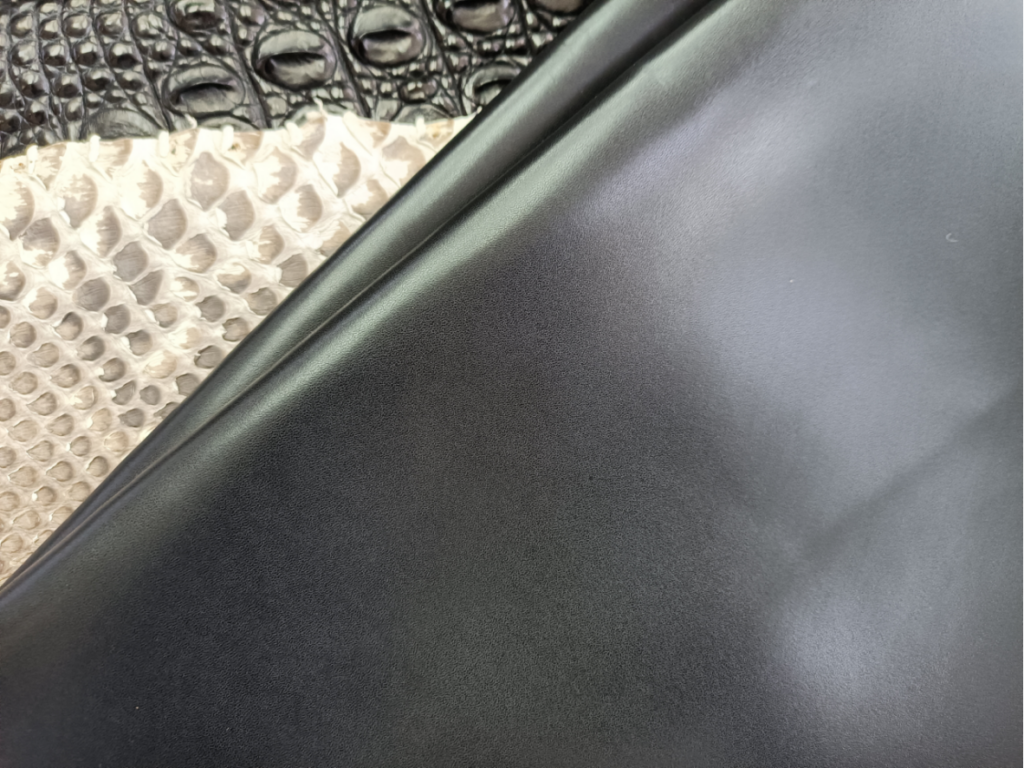
The most familiar, calf leather.

Stingay skin.
In addition to the leather stored in this way, there is also the microscopic topography of each leather.
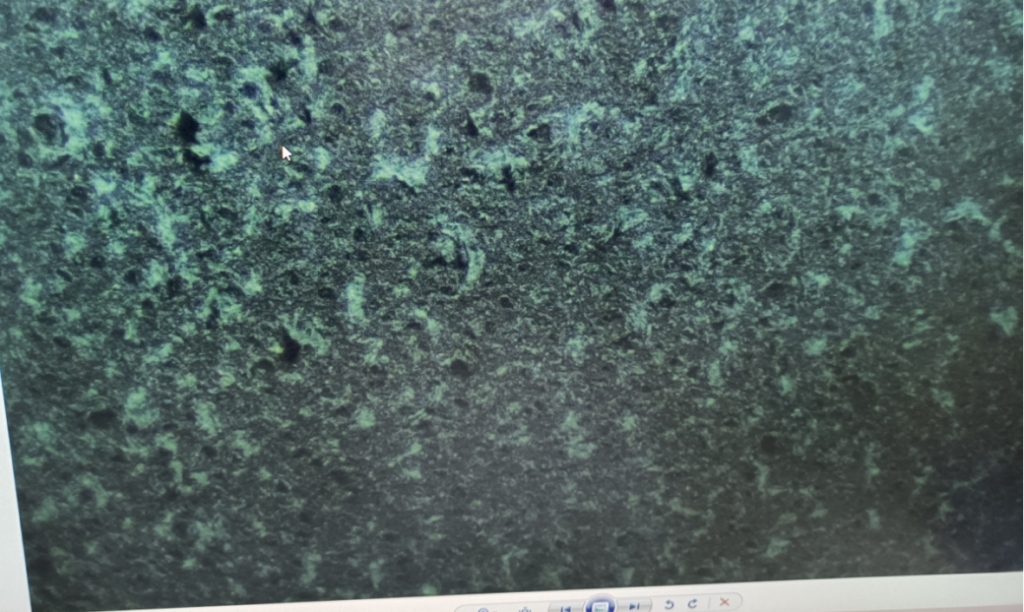
Pigskin under a microscope show its characteristics, three pores in a cluster.
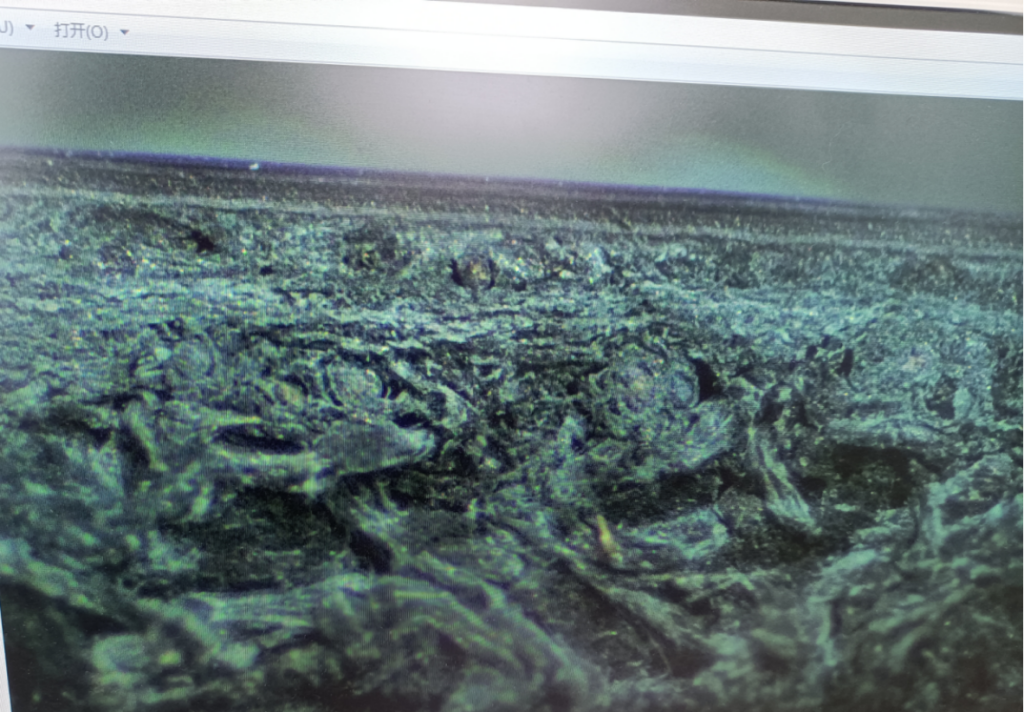
Cross-sectional view of cowhide, you can see the thick coating on the surface.
After reading the leather inventory, we are about to see the real strength of the institute!
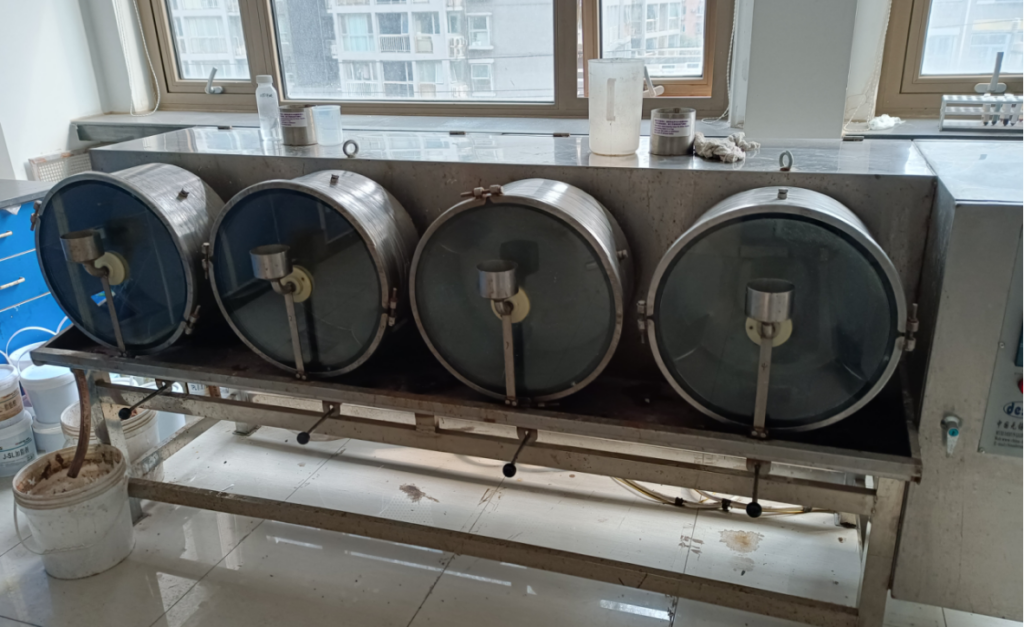
Small tanning barrels which are the standard R&D facility. Because the experiment cannot be carried out in a barrel as large as an industrial grade, the cost is too high.
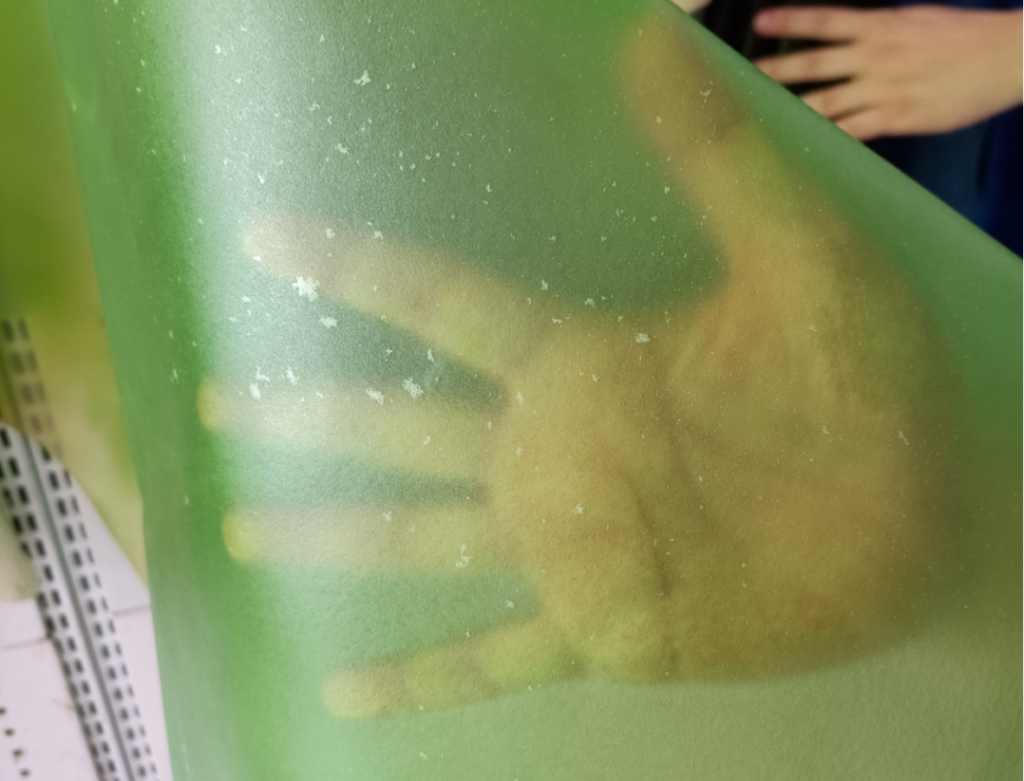
Patented product of Leather Institute, transparent sheepskin! It must be the daring of fashion brands.

This is also sheepskin, but without explanation, maybe you don’t understand where it is special.
Many people may have heard the name wet blue skin, but how did it come about? The leather tanned by chrome will be blue, so there is a way to distinguish chrome tanning and vegetable tanning, which is to look at the color that has just been tanned.
However, the tanning liquid developed by the Leather Research Institute is still the efficiency of chrome tanning, but it removes this blue color.

Another innovative product, the fur integrated leather surface with intricate printing.
This technology is valuable for companies that make fur integrated clothes, and the lining can also be designed.
Finally, we came to the last room.
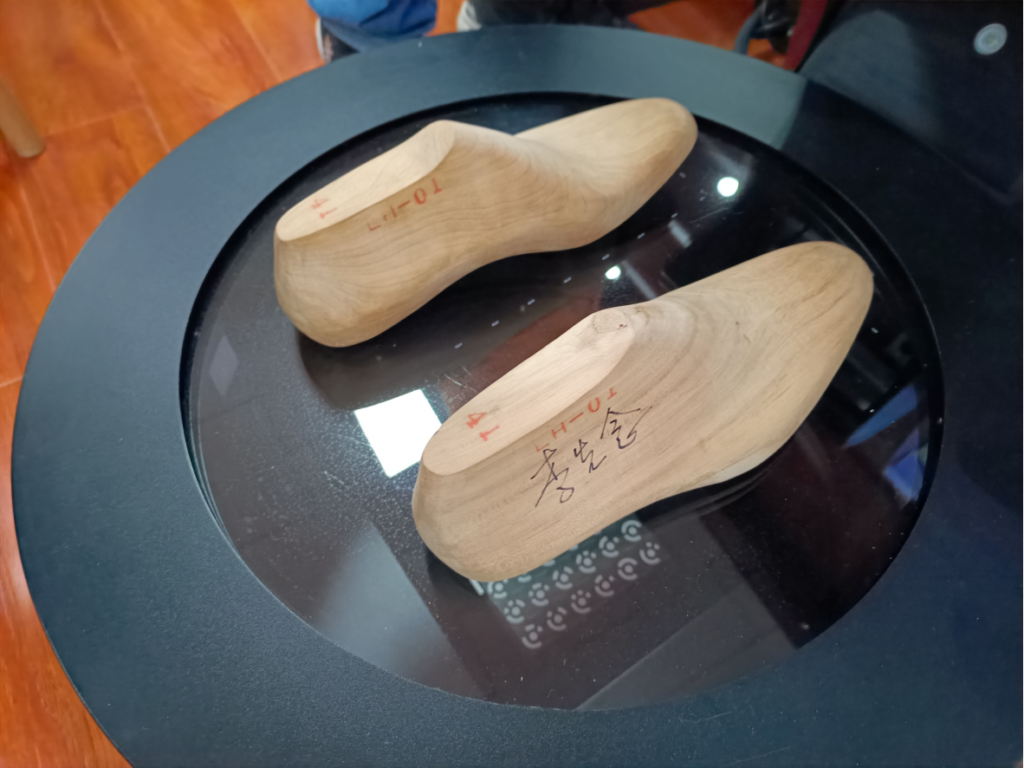
This 3D scanning equipment developed by the Leather Research Institute itself is used for foot measurement.
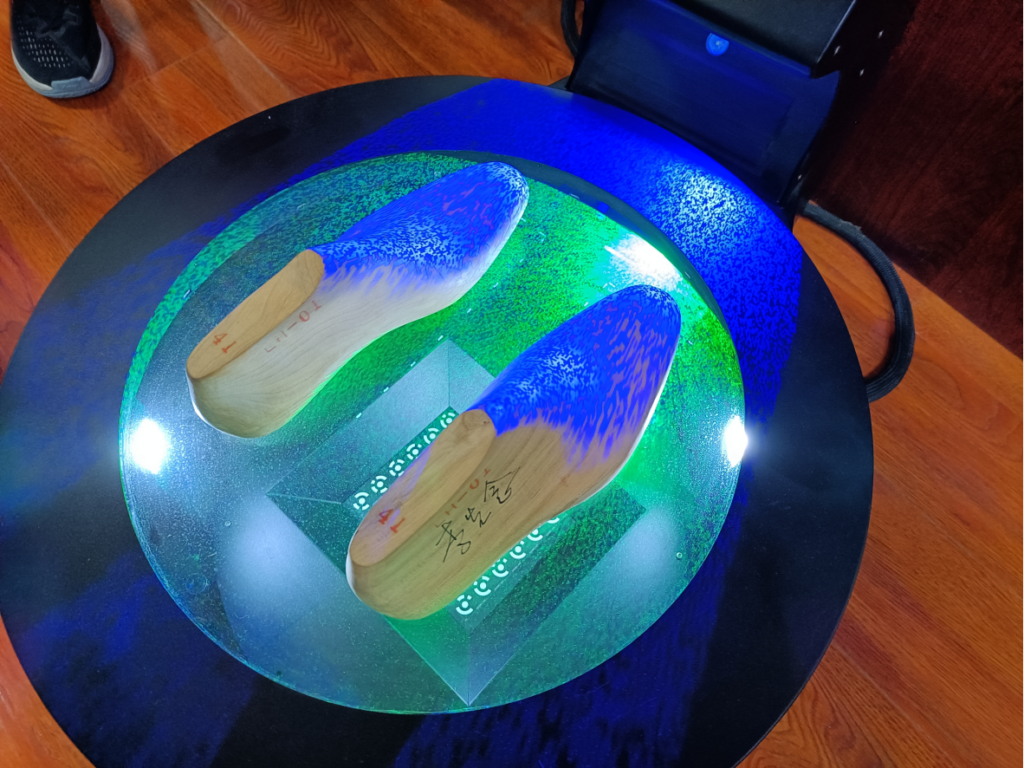
The scan begins.

After the scan, the screen gives a lot more measurements than any custom shoemaker.
Maybe you noticed that on that wooden last, the name of a great man was written, LI Xiannian, yes, the Leather Institute has customized leather shoes for many leaders.
What’s even more powerful is the following one.
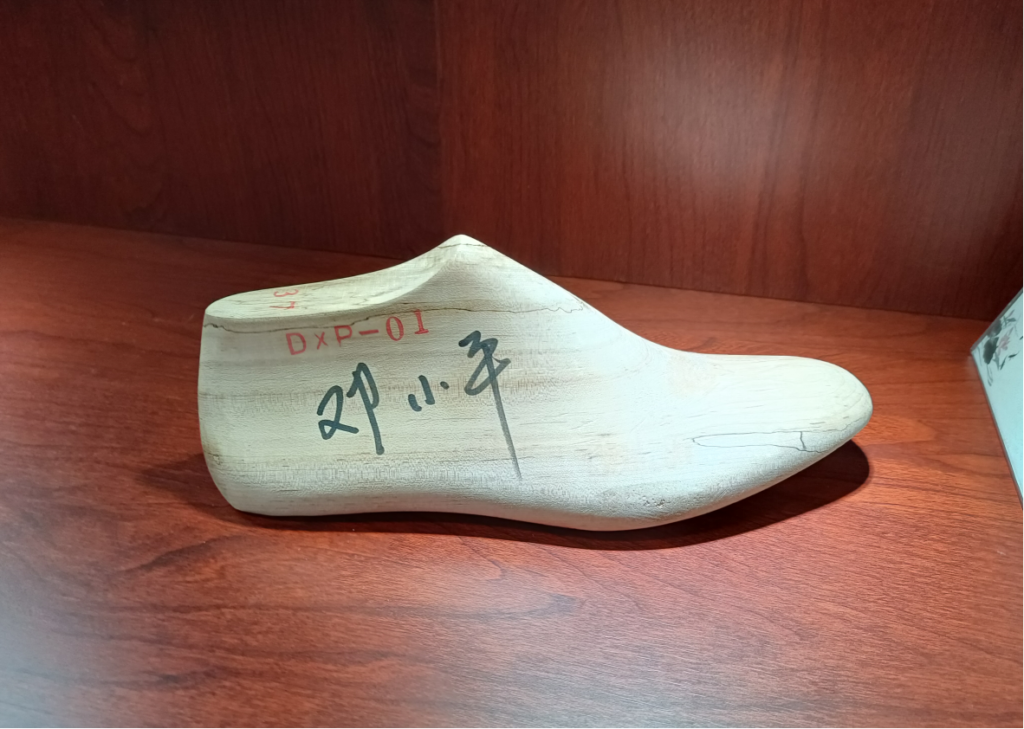
I took a look, and the size is UK4.
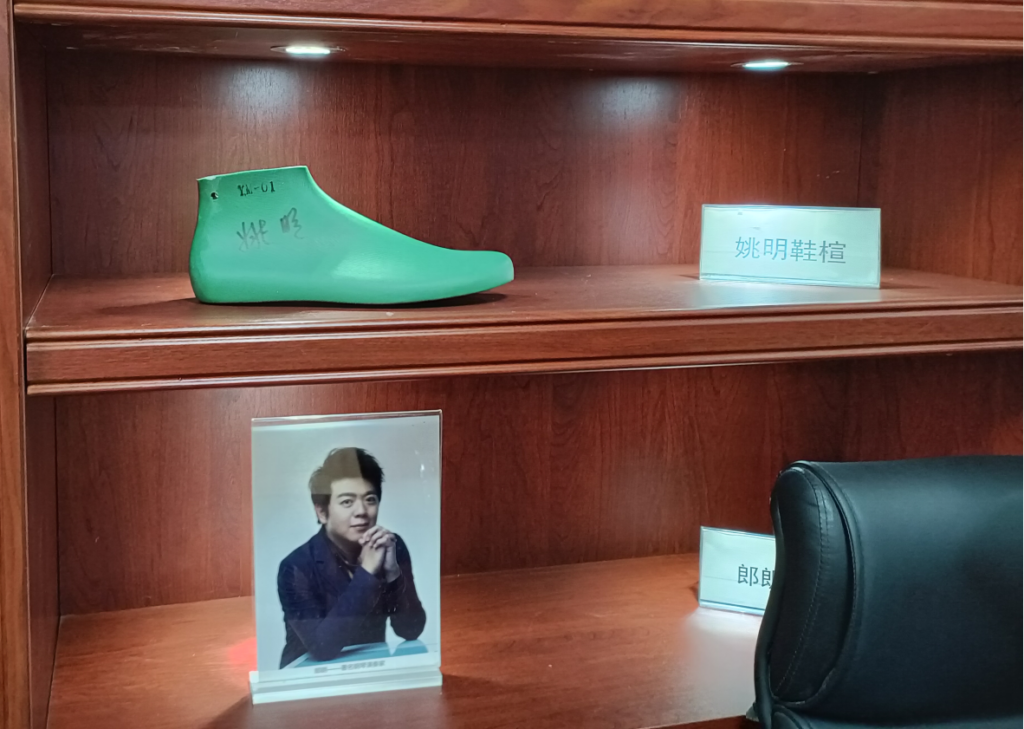
YAO Ming and LANG Lang also tried its service.
Summary
The significance of the institute is to do some cutting-edge research or make plans for the needs of enterprises. Many developments have not yet been commercialized, and people with lofty ideals can go around.

